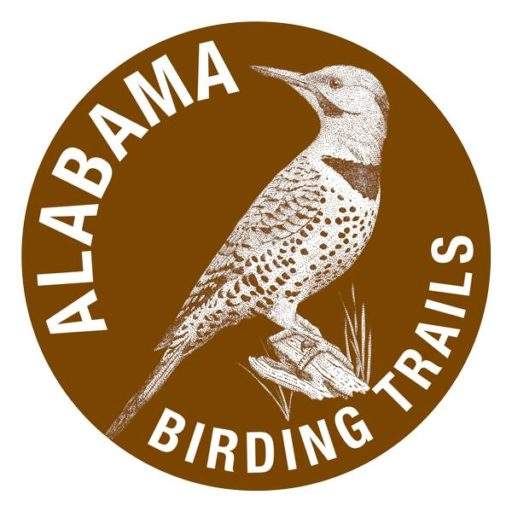Off The Porch with Judy and Don Self
The many blocks of the David K. Nelson (formerly Demopolis) Wildlife Management Area offer some exceptional birding opportunities. One of our favorites is Backbone Creek in southernmost Greene County. It’s located just a few miles northeast of Demopolis and provides easy access to the backwaters of the Black Warrior River and Lake Demopolis.
Directions: From intersection of US Highway 43 (mile 138.9) and Greene County Highway 18, about 0.1 miles north of the William Rufus King Bridge over the Black Warrior River, north of Demopolis, turn east on County Road 18 and go 2.5 miles. The access consists of a parking area and boat ramp on the east side of the road. Parking is a bit primitive, but well worth the effort. Please note that the WMA property is on the east side of Backbone Creek. The west bank, with the exception of the access area, is private property. Please respect the landowner’s rights.
Description: Backbone Creek is tributary to the Black Warrior River and construction of Lake Demopolis flooded the lower part of the creek back in the 1950’s forming what would become a cypress slough. The slough and its cypresses are surrounded by mature mixed hardwood and pine forest. The only way you’ll bird this site is with a canoe or kayak as the water is shallow and much of it is chocked with vegetation.
A two-hour visit during a recent mid-May trip produced 35 species of birds and a variety of mammals, reptiles and amphibians. At times it was difficult to hear the birds over the chorus of frogs. There were at least 5 different frogs and toads calling at one time or another!
Birding is excellent year round, but spring and early summer provide an opportunity to observe the courtship and breeding activities of all the birds common to Alabama’s floodplain forests.

Backbone Creek seems to attract Green and Little Blue Herons and Yellow-crowned Night Herons. And a slow, quite approach in a kayak can get you some really close-up looks at these rather secretive birds. A Great Egret was also present for a while and a Great Blue Heron flew over, but the smaller herons stayed all morning.
Two Black Vultures were still on the roost, but the Turkey Vultures were already on the wind. We surprised a pair of Wood Ducks, who flew further up the slough giving their decidedly unducklike call. Red-tail Hawks was hunting the WMA and gave us occasional good looks through the trees. But the best display of the morning was by a pair of Mississippi Kites. The male performed some effortless aerobatics overhead while the female sat quietly in a large oak. Yellow-billed Cuckoos foraged in the trees along the shore. At least two Barred Owls serenaded us even though it was nearly 11:00 AM! A lone Belted Kingfisher flew over giving his rattling call.
The many snags attract nearly all of Alabama’s woodpeckers. This morning, Red-bellied, Red-headed, Downy and Pileated Woodpeckers filled the swamp with their calls and drumming.
Neotropical migrants were common. Acadian and Great Crested Flycatchers called from the canopy while Eastern Kingbirds busily built their nest in a bald cypress in midstream. The ubiquitous White-eyed Vireos foraged, called and scolded us from the underbrush on the bank, while Red-eyed and Yellow-throated Vireos called from the canopy. Prothonotary and Yellow-throated Warblers and Northern Parulas were numerous and in full voice. Orchard Orioles were busy, the female nest building and the male singing his rich song from perch after perch.
Add to these American Crow, Fish Crow, Blue Jay, Tufted Titmouse, Carolina wren, Northern Mockingbird, Northern Cardinal and Common Grackle you have a rewarding two-hours of birding.
We missed several species of birds that we’ve encountered here on previous trips. Had we a few minutes or hours longer and I’m certain that we’d found Red-shouldered Hawk and Common Yellowthroat and probably a Kentucky Warbler.
As for other wildlife, Backbone Creek has a large population of nutria. Watch for them lazing about on mats of vegetation on the lower cypress knee “castles” and logs. Beaver are also here, but tend to be more nocturnal. Drifting slowly along near the shore often results in close encounters with white-tailed deer.
Site Access: Free; park hours are 6:00 am until 10:00 pm. Please note that if you want to bird the WMA on foot, you’ll need a permit for the WMA. The permit is free and is available on-line at www.outdooralabama.com. And you should also possess at least an Alabama Wildlife Heritage License ($10.00 per year, also available at www.outdooralabama.com).
GPS Coordinates: N 32° 34.038’ / W 87° 48.657’
Amenities: Canoeing, Boat access
